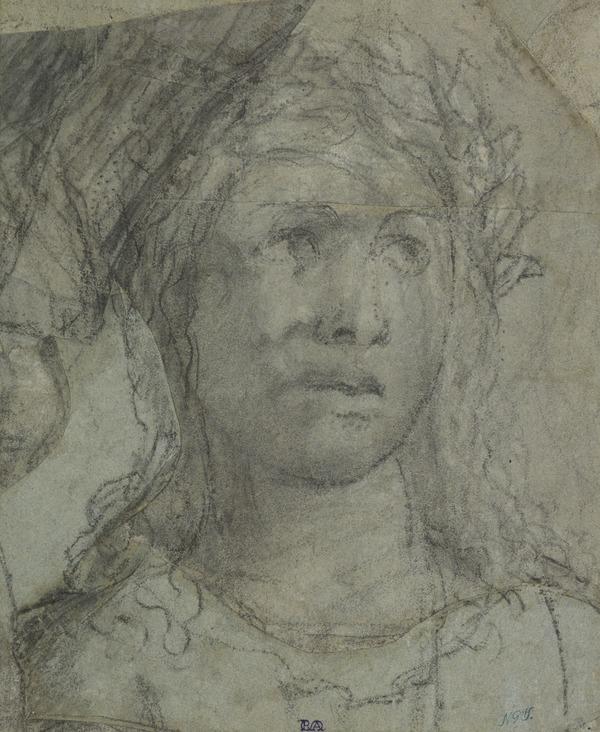About this artwork
Schwitters’ art underwent a radical change around 1917-18 as he moved from painting traditional landscapes and figures to making collages. Spurred on by the First World War, he saw this as a rebellion against the old order. This is one of Schwitters’ ‘Merz’ pictures, in which the artist uses a range of different materials to create a collage. From tickets and newspapers to fabric and playing cards, anything flat enough to be stuck down was used. The ‘red on top’ specified in the title of the collage refers to the small red triangular patch in the top left corner - some of the papers have faded in colour. This is one of the first works Schwitters ever sold. It was purchased by the poet Paul Eluard in 1921 and later belonged to the Surrealist artist and collector Roland Penrose.
Updated before 2020
see media-
artist:Kurt Schwitters (1887 - 1948) German
-
title:Mz 129 rot oben [Mz 129 Red on top]
-
date created:1920
-
materials:Collage on paper
-
measurements:10.60 x 8.30 cm (including mount: 27.90 x 20.60 cm)
-
object type:
-
credit line:Scottish National Gallery of Modern Art, Edinburgh: presented by John Golding in memory of Roland Penrose 2005
-
accession number:GMA 4764
-
gallery:
-
subject:
-
artwork photographed by:Antonia Reeve
Kurt Schwitters
Kurt Schwitters
Born and based for most of his life in Hanover, Schwitters began composing collages and assemblages from junk and everyday ephemera in 1919. He called these works 'Merz', a term derived from the cut-up letterhead of a bank used in one of his collages. Schwitters later used 'Merz' to refer to all...
![Kurt Schwitters, Mz 129 rot oben [Mz 129 Red on top]](https://www.nationalgalleries.org/sites/default/files/styles/postcard/public/externals/41417.jpg?itok=e8M9KWfS)







![Femme égorgée [Woman with her Throat Cut]](https://www.nationalgalleries.org/sites/default/files/styles/thumbnail/public/externals/176878.jpg?itok=0v-42rxO)

